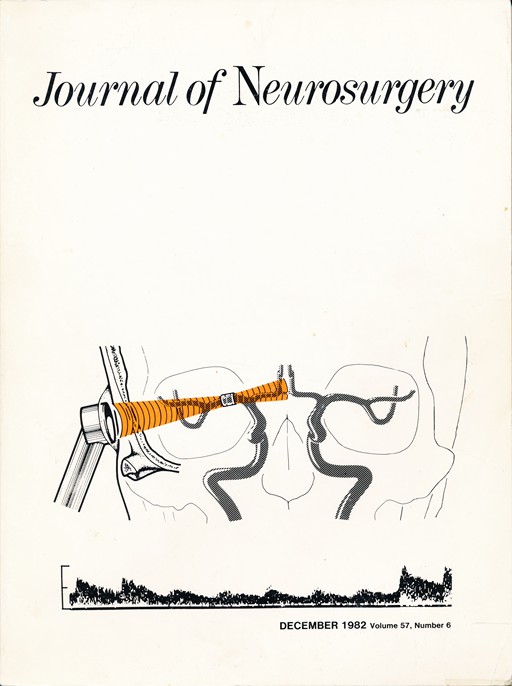Transcranial Doppler — A Stethoscope for the Brain

Cardiovascular Doppler ultrasound has been around for more than 60 years. It has found widespread use in cardiology and in diagnosis of peripheral artery disease. However, the belief that the cranium was a prohibitive barrier to ultrasound Doppler discouraged exploration of its use for intracranial vessels until the first report appeared in 1982.
In that study, Aaslid and coworkers using focused transducers and a relatively low frequency (2MHz), reported success in obtaining Doppler signals from a variety of intracranial arteries. This transtemporal approach depend on locating ultrasonic windows in the temporal region. Such thin bone windows exist in the majority of individuals. Subsequent reports added the transorbital and transforaminal approaches to the transcranial Doppler techniques, providing access to additional cerebral vessels.
In 1990, Bogdahn et al. reported that the modern sector scan imaging Doppler also could be used transcranially. This instrument provides a 2-dimensional spatial color image of the Doppler returns. After identifying the arteries (or veins) from the color-coded image, the operator can place a sample volume to obtain the flow velocity waveforms.
While the skull is an impediment to ultrasound, it also offers an advantage which has been a great benefactor for the use of TCD: a stable platform for mounting monitoring probes.
This has led to a paradigm shift in the use of ultrasound Doppler — a shift from being a relatively simple handheld diagnostic device — to a tool for long-term monitoring and the study of vasomotor reactivity, cerebral autoregulation, and functional coupling of blood flow responses to stimuli.
Using modern technology, the TCD device can be made very small and battery powered. It can be equipped with lightweight controllable probes so as to maintain signal during long-term monitoring in an ambulatory setting. A somewhat smaller device can even be used to monitor cerebral flow velocity during activities such as tennis:
A commercial ambulatory TCD monitoring device is available from Atys Medical.
Page Updated: 2022-10-24